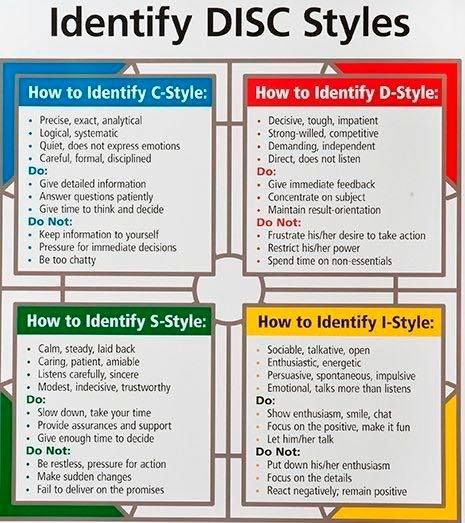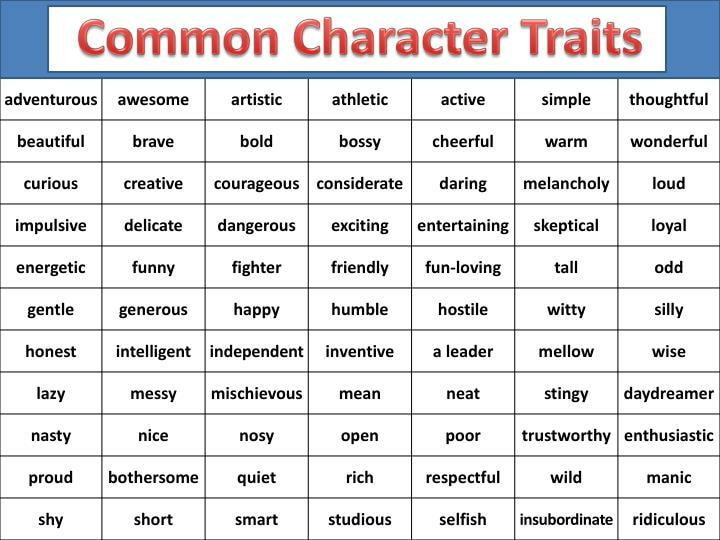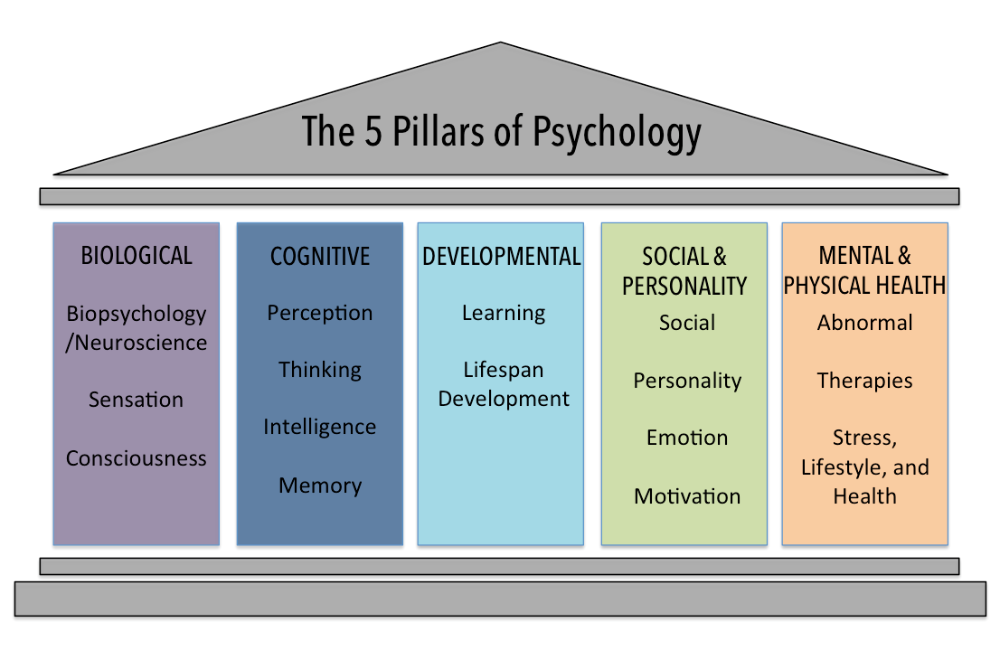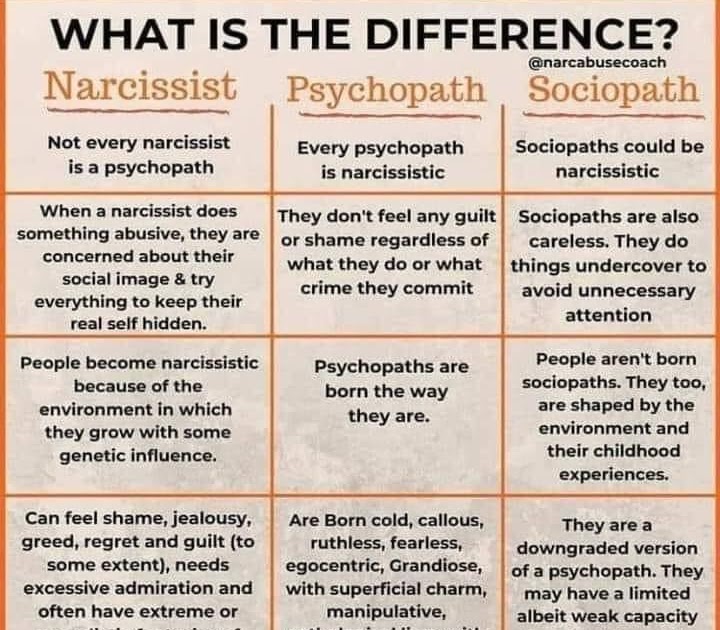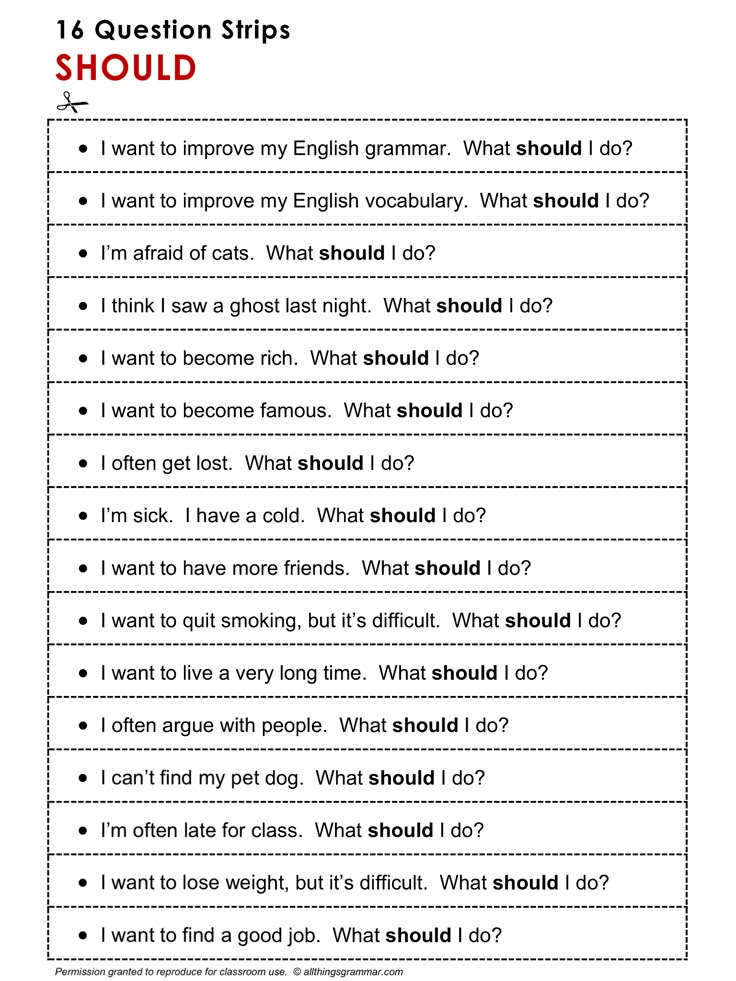Personality types communication styles
ISFJ Communication Skills
ADVERTISEMENT
As a rule, in communication ISFJs are friendly and supportive, as well as practical and to the point. They are ready to come to the aid. At the same time, they might feel unhappy if their help is disregarded. They strive to build consensus among those involved in the conversation. During communication, it is important for ISFJs to sense that they are with a group of friends, co-workers, or like-minded individuals that share their interests and opinions. They are obvious proponents of minding manners and rules of communication accepted in their circle or community. As a rule, ISFJs stand firmly behind their values.
Topics requiring theoretical and logical reasoning might not particularly pique the interest of ISFJs. Thus, for example, scientific discussions may not lead them to much of a response.
Typically, an ISFJ’s social circle is not very large, and mostly made up of friends and relatives. Many of an ISFJ’s communication partners seek their company to share their experiences with them and find out their opinion on questions of behaviour, morality and practical questions of more of a material nature.
For ISFJs, business communication is, as a rule, related to partaking in tackling practical, current issues, often in relation to office or management activities. They often succeed at effectively resolving practical, immediate issues.
What is your personality type? Take the Test!
ADVERTISEMENT
Communication with people of the same mindset or, in other words, sensory/feeling types (SF) consisting of ESFJ, ISFJ, ESFP, and ISFP personality types, comes at ease. People belonging to this group have roughly the same method of perceiving the world. Therefore it is easy for ISFJs and other SFs to share their feelings and views with each other, and converse about day-to-day things.
In communication with sensory/thinking types (ST), including ESTJ, ISTJ, ESTP, and ISTP personality types, ISFJs should try to focus on, or base their argumentation on experience, facts, and their immediate consequences. Although this style of communication may be somewhat dry to those ISFJs that have strong F preference (feeling), ISFJs should be able to easily adapt to it. As for people from the ST group, this style fits their way of thinking the most, and is easy for them to understand.
When communicating with people of intuitive-feeling types (NF), including ENFJ, INFJ, ENFP, and INFP personality types, ISFJs should also try to keep to a conversation style that is understandable to both parties - that is, should relate to feelings and emotions. Also, some representatives of the ISFJ type might find it hard to maintain communication involving abstract ideas or theories, but they form the basis of thought for many representatives of the NF group and are what the NFs find interesting.
When communicating with intuitive-thinking people (NT) including ENTJ, INTJ, ENTP, and INTP personality types, ISFJs should keep their communication at a conceptual level and based on ideas, and maintain a logical flow. The problem, however, is that ISFJs might have to struggle to carry on a dialogue in that way. They will have to put in extra effort, which may lead to ISFJs trying to wind down the conversation. In order to provide an appropriate level of communication for both sides, ISFJs should prepare themselves for a communication style suitable to representatives of the NT group, in advance.
How to determine which personality type group another person belongs to?
What helps successful communication for an ISFJ:
- The topic includes feelings and emotions
- Conversation touches on issues around practical solutions
- The topic is mostly related to concrete, current problems
- The topic touches on moral aspects
What hinders successful communication for an ISFJ:
- The conversation mostly relates to abstract, theoretical issues
- The conversation calls for finding hidden, unobvious possibilities
- Long communication with NT people
Read more about communication strategies »
ISFP Communication Skills
ADVERTISEMENT
Feelings and impressions are what ISFPs live by, and what fills their lives.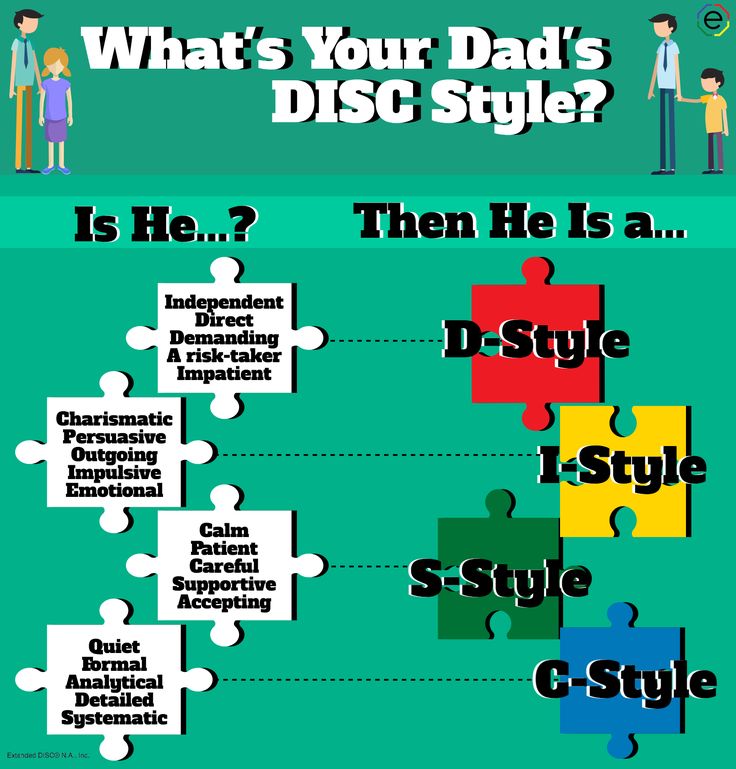 Their world is full of feelings.
Their world is full of feelings.
ISFPs take the pains and concerns of other people as their own. During communication, their attention is directed toward all the different shades of emotions. ISFPs are ready to provide emotional support and help to their conversation party. They are especially good at creating a climate of good-natured communication among those participating in the conversation.
Topics that heavily rely on theoretical and logical reasoning, such as very scientific and technical ones do not particularly pique the interest of ISFPs.
At times, ISFPs can appear somewhat detached from active communication. As a rule, those are the times they are immersed in their own emotional experience.
ISFPs can have a fairly broad circle of acquaintances and friends and many seek out company of ISFPs in order to share their feelings and experiences or to just have a chat to lighten their spirits.
Business communication with ISFPs is, as a rule related to participating in finding solutions to practical, ongoing problems that often have to do with sales, office or creative design activities.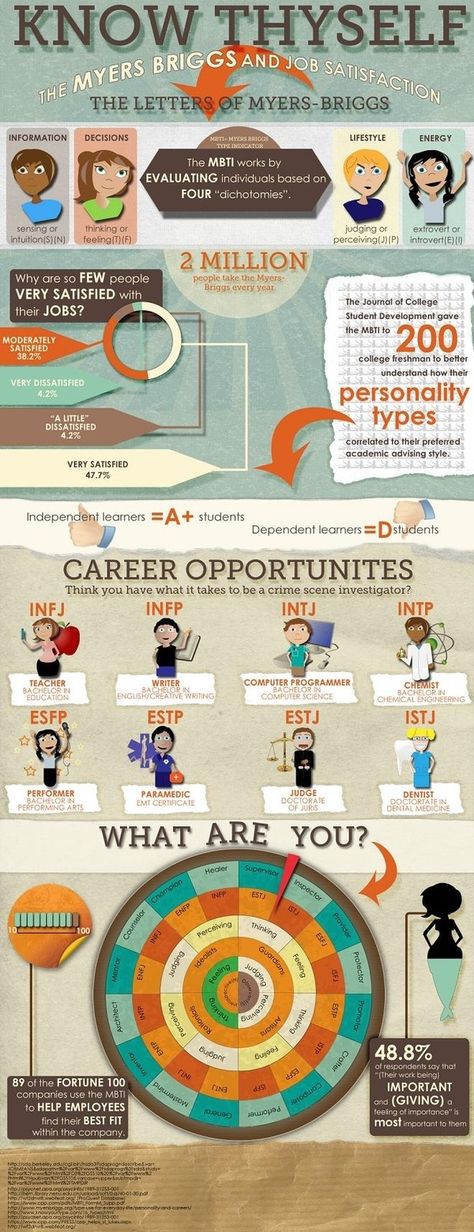 They often are able to solve practical problems where it is important to establish trusting and warm relationships.
They often are able to solve practical problems where it is important to establish trusting and warm relationships.
What is your personality type? Take the Test!
ADVERTISEMENT
Communication between ISFPs and people with the same mindset, or to put it differently, with sensory/feeling personality types including ESFJ, ISFJ, ESFP, and ISFP comes at ease. People in this group have roughly the same way of sensing the world as this type, and therefore it is easy for ISFPs to share their feelings and empathize with other SFs, and relate to their views.
Communication between ISFPs and sensory/thinking (ST) personality types, including ESTJ, ISTJ, ESTP, and ISTP should be different. When communicating with ST people it is best for an ISFP to mostly keep to communication based upon concrete topics, facts and logical conclusions. This type of communication may be perceived by ISFPs as dry, but is most effective when it comes to communicating with ST people as it is best suited to their way of thinking and is easy for them to understand.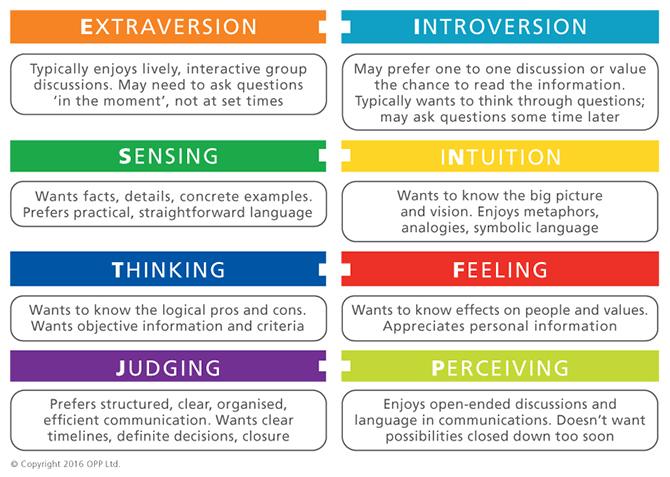
When communicating with intuitive/feeling (NF) personality types including ENFJ, INFJ, ENFP, and INFP, ISFPs should keep to a conversation style that can be understood by both parties, i.e. based on feelings (F). Nonetheless, the sides may sometimes find it hard to maintain a fruitful discussion, due to the fact that conversations with the NFs may involve abstract perceptions and theories, which form the basis of thought for the NFs, and what they really find interesting, but for ISFPs may be hard to follow.
ISFPs find it hardest to communicate with intuitive/thinking (NT) personality types including ENTJ, INTJ, ENTP, and INTP. When communicating with these types, it would be good for ISFPs to keep to communication based upon logic and conceptualization. The problem however is that ISFPs find it hard to maintain dialogue in this way. They end up having to strain in order to find reasoning that resonates well with the NTs, which often leads either to ISFPs trying to wind down the conversation, or to their becoming irritated because the other party doesn’t “get it”.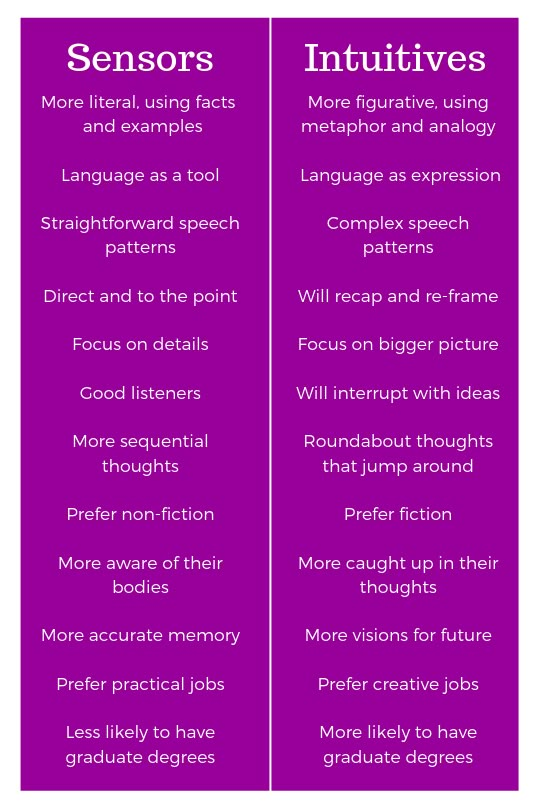 In order to ensure a level of communication acceptable for both parties, ISFPs need to adjust themselves beforehand to a style appropriate for the NTs.
In order to ensure a level of communication acceptable for both parties, ISFPs need to adjust themselves beforehand to a style appropriate for the NTs.
How to determine which personality type group another person belongs to?
What helps successful communication for an ISFP:
- The topic includes feelings and emotions
- The topic touches on aspects of beauty, attractiveness and visible/tangible qualities
- The topic mostly relates to concrete, current issues
- Communication with people from the SF or NF groups
What hinders successful communication for an ISFP:
- The topic is mostly abstract, theoretical in nature
- The topic is complex and deep in nature
- The topic requires finding hidden, unobvious possibilities
- Long communication with people from the NT group
Read more about communication strategies »
Styles of communication
Each situation dictates its own style of behavior and actions, in each situation a person "presents" himself in a different way. And if self-presentation is not adequate, it makes communication difficult.
And if self-presentation is not adequate, it makes communication difficult.
There are four main styles of interaction: ritualistic, imperative, manipulative and humanistic.
Ritual style
This style is usually determined by the culture in which the person lives. Ritual, for example, may be the style of greetings and questions asked at a meeting, and answers. So, in American culture, it is customary to answer the question: “How are you?” to answer: "Fine", no matter how things really are. It is common for our culture to answer “essentially”, not shy about weighing the negative characteristics of our own existence. A person accustomed to a different ritual will be puzzled by such an answer.
Imperative style
This is an authoritarian, directive form of interaction. The purpose of the imperative style is to achieve control over the behavior of another, over his attitudes or coercion to certain actions and decisions. Orders, instructions and demands are used as means of exerting influence. The spheres where imperative communication is used quite effectively are the “chief-subordinate” relations, military statutory relations, work in extreme conditions.
The spheres where imperative communication is used quite effectively are the “chief-subordinate” relations, military statutory relations, work in extreme conditions.
Manipulative style
If the purpose of imperative communication is not veiled in any way, then when using the manipulative style, the influence on the interlocutor is carried out covertly. The goal remains the same: to gain control over the behavior and thoughts of another person. In manipulative communication, the interlocutor is perceived not as an integral person, but as a carrier of certain qualities necessary for the manipulator. Therefore, a person who has chosen manipulative communication as the main style of communication, over time, begins to perceive himself fragmentarily, switching to stereotypical forms of behavior. At the same time, the use of manipulative skills in one area (for example, in business) usually ends with the transfer of these skills to all other areas of a person's life.
Humanistic style
This style includes all types of dialogic communication: it is an equal interaction, the purpose of which is mutual knowledge, self-knowledge.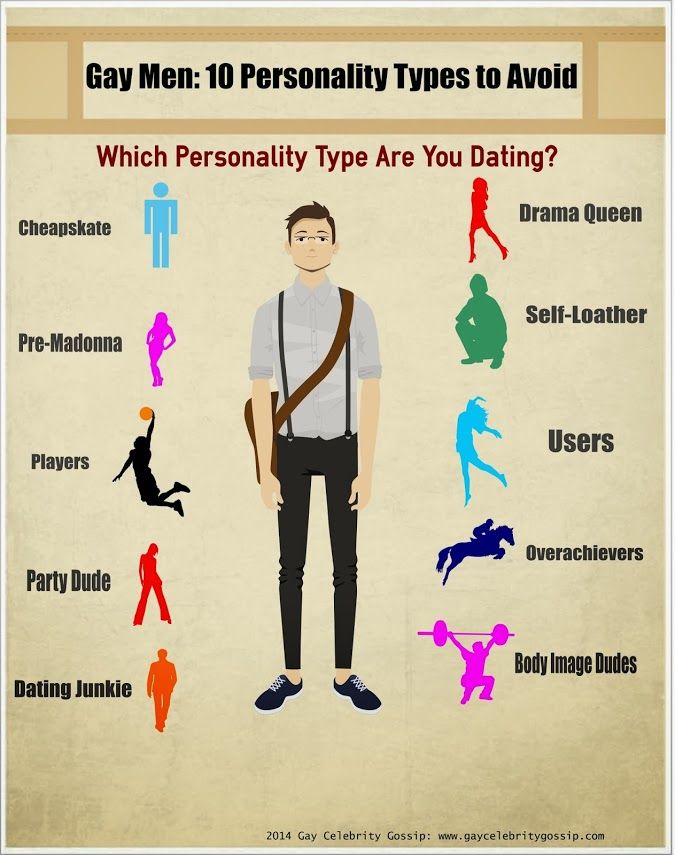 The humanistic style of communication is devoid of the imperative and allows you to achieve deep mutual understanding.
The humanistic style of communication is devoid of the imperative and allows you to achieve deep mutual understanding.
References
- Jiménez-Barreto J., Loureiro S., Braun E., Sthapit E., Zenker S. Use numbers not words! Communicating hotels' cleaning programs for COVID-19 from the brand perspective. // Int J Hosp Manag - 2021 - Vol94 - NNULL - p.102872; PMID:33897084
- Davis RA., Wolfe J., Heiman N. Increasing utilization of student mental health services on a college campus: Eight actionable tips. // J Am Coll Health - 2021 - Vol - NNULL - p.1-5; PMID:33891531
- Bertsch TG., Denton TT., Perea NM., Ahmed A., McKeirnan KC. Drug development and the process of transitioning to team-based learning in a qualitative way. // Curr Pharm Teach Learn - 2021 - Vol13 - N6 - p.723-728; PMID:33867071
- Dykhne M., Hsu SY., McBane S., Rosenberg E., Taheri R. Differences in learning styles, critical thinking skills, and peer evaluations between students with and without leadership engagement.
 // Curr Pharm Teach Learn - 2021 - Vol13 - N6 - p.659-664; PMID:33867061
// Curr Pharm Teach Learn - 2021 - Vol13 - N6 - p.659-664; PMID:33867061 - Berens S., Schaefert R., Ehrenthal JC., Baumeister D., Eich W., Tesarz J. Different Dimensions of Affective Processing in Patients With Irritable Bowel Syndrome: A Multi-Center Cross-Sectional Study. // Front Psychol - 2021 - Vol12 - NNULL - p.625381; PMID:33854462
- Moon K., Riege A., Gourdon-Kanhukamwe A., Vallée-Tourangeau G. The moderating effect of autonomy on promotional health messages encouraging healthcare professionals' to get the influenza vaccine. // J Exp Psychol Appl - 2021 - Vol - NNULL - p.; PMID:33829825
- Williams SA., Alzaher W., Mackey A., Hogan A., Battin M., Sorhage A., Stott NS. "It Should Have Been Given Sooner, and We Should Not Have to Fight for It": A Mixed-Methods Study of the Experience of Diagnosis and Early Management of Cerebral Palsy. // J Clin Med - 2021 - Vol10 - N7 - p.; PMID:33807393
- Fowler KR., Robbins LK., Lucero A. Nurse manager communication and outcomes for nursing: An integrative review.
 // J Nurs Manag - 2021 - Vol - NNULL - p.; PMID:33793022
// J Nurs Manag - 2021 - Vol - NNULL - p.; PMID:33793022 - Taye BT., Mihret MS., Muche HA. Risk factors of precancerous cervical lesions: The role of women's socio-demographic, sexual behavior and body mass index in Amhara region referral hospitals; case-control study. // PLoS One - 2021 - Vol16 - N3 - p.e0249218; PMID:33770125
- Booker JA., Ispa JM., Im J., Maiya S., Roos J., Carlo G. African American mothers talk to their preadolescents about honesty and lying. // Cultur Divers Ethnic Minor Psychol - 2021 - Vol - NNULL - p.; PMID:33719469
23. Basic styles and types of communication.
Individuality person in relationships with other people determines his style of communication, under which understood as a system of principles norms, methods, methods of interaction and behavior of the individual. most brightly communication style is manifested in business and professional field, relationships between business partners or between leader and subordinates.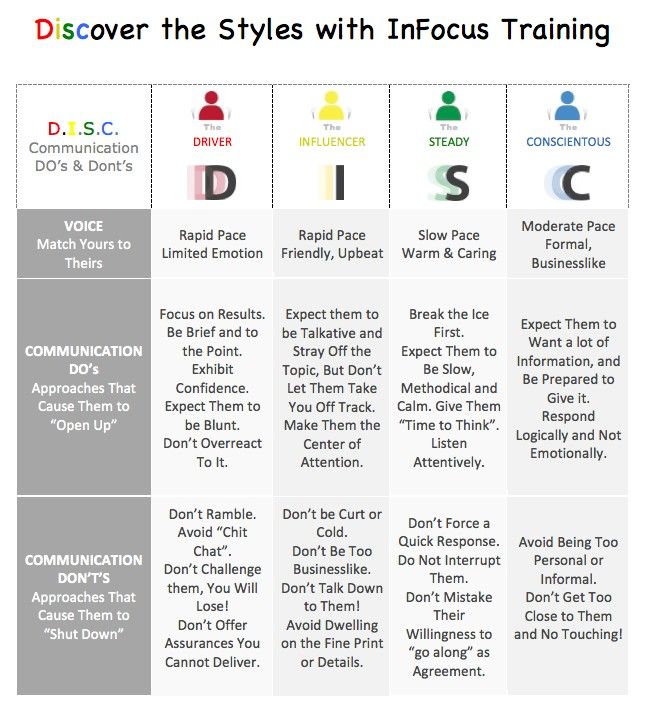 Exactly so the issue of style is better explored in the area of leadership.
Exactly so the issue of style is better explored in the area of leadership.
famous is the classification of K. Levin, which identified three styles of leadership (leadership), respectively, and three styles of communication:
According to authoritarian style leader all decisions are made individually, orders, makes instructions. He always clearly defines the "limits of competence" each, that is, rigidly determines the rank partners and subordinates. Under an authoritarian communication style, decisions made on top floors of the hierarchy, flow down in the form of directives (which is why this style is often called directive).
What concerns democratic communication style , then collegiate decision making, encouragement of activity participants in the communication process, wide awareness of all who participates in discussions about problem, on the fulfillment of the planned tasks and goals.
At liberal communication style characteristic feature is little activity leader who may or may not be leader. Such a person discusses problems formally, subject to various influences, does not show initiative in joint activities, and often not willing or unable to accept any solutions.
Such a person discusses problems formally, subject to various influences, does not show initiative in joint activities, and often not willing or unable to accept any solutions.
Known a number of studies that indicate on a certain connection between the style communication, the type of human behavior, his attitude to activity and socio-cultural interaction features:
-
style reflects established ways of doing things a certain type of person, he is closely associated with psychological his thinking, decision-making, manifestation communicative properties, etc.;
-
style communication is not an innate quality, but is formed in the process of interaction and changes, so it can be correct and develop;
-
description and classification of communication styles in reproduce to some extent content characteristics of business areas: the specifics of the tasks set, relationships, etc.
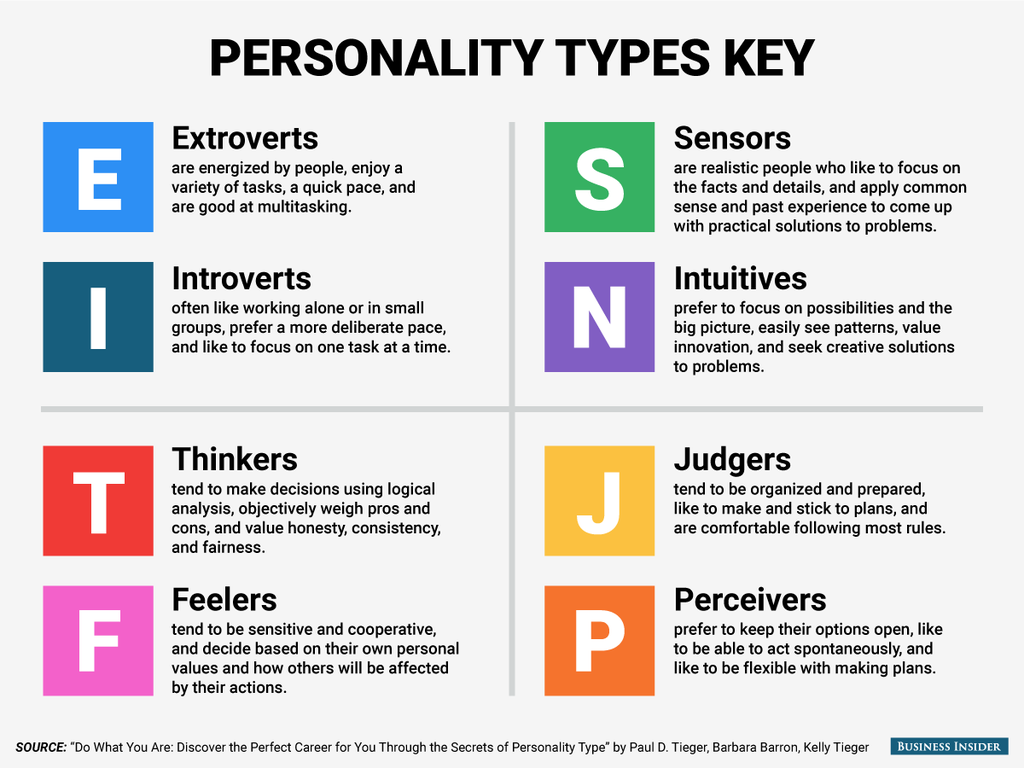 ;
; -
socio-economic, political, socio-psychological and other external factors affect the nature of the formation of communication style;
-
style communication is conditioned by cultural values of the immediate environment, its traditions, established norms of behavior etc.
dependencies from the direction of personality styles communication are divided into: executive (orientation person for official subordination and interpersonal contacts) and initiative (orientation person to work and to himself).
When the interlocutor strives to achieve success in communication and activities, controlling others, his style is called aggressive . If in a conversation a person saves emotional distance, independence in communication, her style is characterized like alienated .
Allocate also altruistic (desire help others), manipulative (achievements own purposes), missionary (careful influence on another) styles of communication.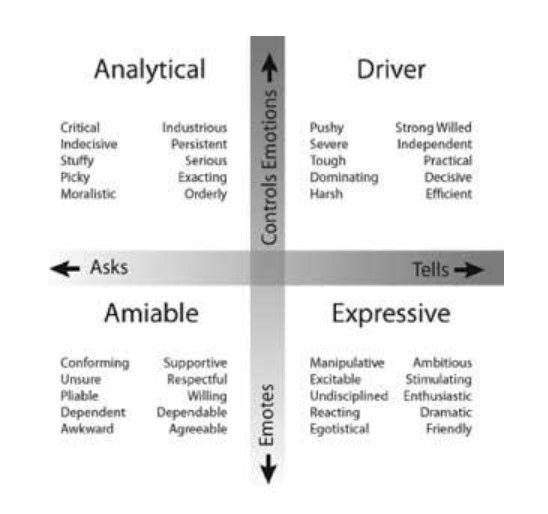
AT conditions when a communication partner shows attention to another partner, his style is considered considerate .
For characteristics of communication features used in social psychology also the concept of "type of communication".
famous and described in the scientific literature are the following types:
-
mentor communication type , which is based on the principle strict obedience to one interlocutor to another, teaching-oriented, briefing. In our time of renewal and democratization of public life, humanization of relations for participants interactions are particularly unacceptable becomes this type of communication, because it inhibits the activity of one of interlocutors, becomes the reason negative attitude towards each other leads to a deterioration in moral and psychological the nature of the relationship;
-
"informative" communication type , aimed at transferring information.
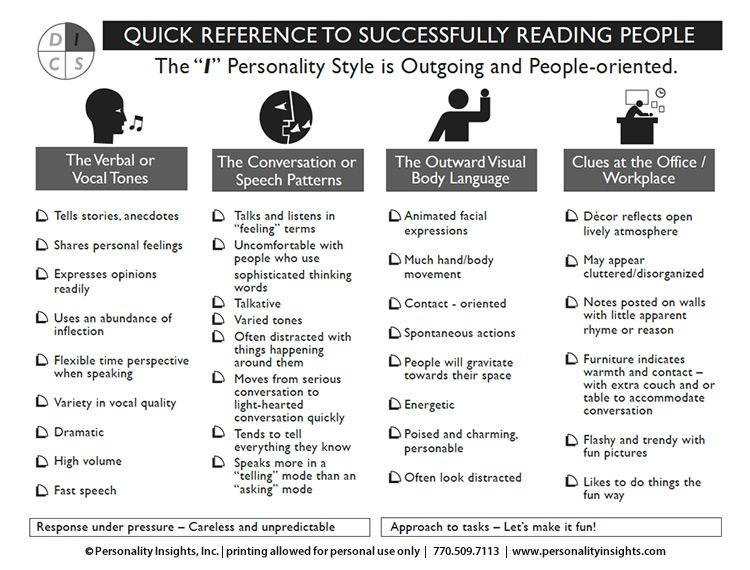 "Informative" type communication in modern communicative process is not enough effective, because simple relaying information leads to passivity perception, does not create conditions for exchange of opinions, independent finding ways to solve problems based on scientific methodology;
"Informative" type communication in modern communicative process is not enough effective, because simple relaying information leads to passivity perception, does not create conditions for exchange of opinions, independent finding ways to solve problems based on scientific methodology; -
"inspired" communication is considered a real indicator of high culture contacts. This type of communication is characteristic for a democratic style of interaction, characterized by the active participation of each of the participants in the communication process, the ability of partners to show demanding at the same time fairness, ability to support conversation, listen to the opponent, etc. Exactly therefore, the principles of this type of communication is, interchangeability, mutual assistance, cooperation and dialogue;
-
"confrontational" communication type , which is now becoming didactic necessary, because it has discussions, dialogue with opponents.
